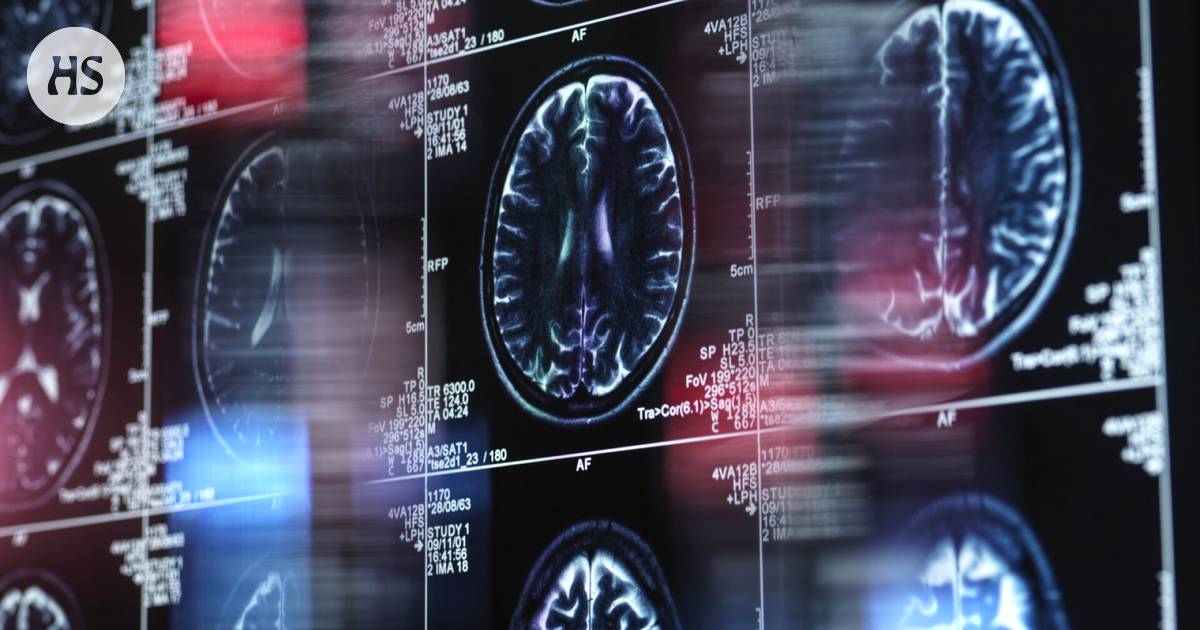Love|A group from Aalto University made people think about love in magnetic resonance imaging.
Love own children is the strongest. It appeared when Finnish researchers imaged the brains of people thinking about different objects of love.
Love was measured by reading short stories about different kinds of love to the test subjects who were in the magnetic resonance imaging. And so it happened that certain parts of the brain were activated according to the target.
Love for one’s own child was stimulated by this story, for example:
“You see your newborn child for the first time. The baby is soft, healthy and vibrant – the greatest miracle of your life. You feel love for little ones.”
In the drawing, the parent’s love for the child can be seen in the brain at the top right. The blue areas indicate that the activity has decreased compared to the activity caused by neutral stories:
Of love species were mapped in the brain by a philosopher and researcher Pärttyli Rinne coordinated group at Aalto University.
“They say we are fools because love cannot be measured because it is a great mystery. For us, it’s a phenomenon just like everyone else, but there is little neuropsychological research on the dimensions of love,” says Rinne.
Love has a huge philosophical, psychological, sociological and theological burden. There is romantic love and sexual love, parental love and neighborly love. There is love for life and nature.
According to Rinne, it raises the question of whether the types of love are different or part of a larger phenomenon.
Previous studies have already indicated that romantic love and parental love for a child are neural in nature. They are associated with specific parts and systems of the brain.
Key ones in the research are reward and social awareness systems. According to Rinne, their operation is sufficiently well demonstrated.
Love is especially related to the reward system, which is deep in the brain as a result of the evolution of the mammalian species. If we start from the basics, a human and a monogamous prairie vole instinctively know about love equally.
“In humans, social awareness is essentially built on the foundation of close attachment relationships, which are also the most rewarding on an emotional level. Facial expressions, gestures and language are basically learned on a parent’s lap. The reward system is fundamentally important for sociality.”
Fresh according to research, the second most powerful is romantic love. It is almost as powerful as a parent’s love for their children. It was awakened, for example, as follows:
“You are at a candlelight dinner with your partner. You look him in the eye across the table, and there is an unspoken understanding between you. You love your partner.”
Third, the subjects’ brains reacted most strongly to love for a friend. The clear result in general is that love for one’s own child, loved one and friend stand out from other types of love.
However, the researchers were surprised that the brain regions related to love between people were ultimately similar to each other. The differences were mainly in the intensity of activation.
All activate specific areas of the brain related to sociality, unlike love of pets or nature. There is also an exception to this rule:
“When looking at brain images of love for pets, the areas of social brain activity statistically reveal whether it is the pet owner or not. Pet owners activate these areas more than others,” says Rinne.
“You’re lounging on the couch at home and your pet cat paws at you. The cat curls up next to you and purrs sleepily. You love your pet.”
In addition to the reward system, love for nature also activates visual areas in the brain, which are activated, for example, by looking at landscapes.
Research published on Monday Cerebral Cortex – in the science journal. Research was also done by researchers Juha Lahnakoski, Heini Saarimäki, Mikke Tavast, Mikko Sams and Linda Henriksson At Aalto University’s Department of Neuroscience and Medical Technology in Otaniemi, Espoo.
The team investigated body experiences related to love a year ago. The result was that the most powerful experiences of love are experienced in close relationships.
Fact
This is how love was measured
-
The short stories referring to different objects of love were produced by researcher Pärttyli Rinne, who is a trained dramatist and playwright.
-
They were read by a female actress in her forties. He had to read the stories as naturally as possible and without emphasizing anything. For comparison, there were also neutral stories that did not talk about love objects.
-
The subjects were parents aged 28–53 and in a “loving relationship”. There were 55 of them.
-
The test subjects were asked to think for a moment already the night before the magnetic resonance imaging, what kind of love they have for different objects.
-
Between brain scans, the test subjects answered how well they were able to immerse themselves in the stories and how loving they felt. The questions ensured that the subjects were sober.
Read more: We mate with our kind, but the essence of love changes over time – See what kind of love your relationship represents
Read more: Commitment, flings, single-parent families and long-distance relationships – All forms of human love life occur elsewhere in the animal kingdom
